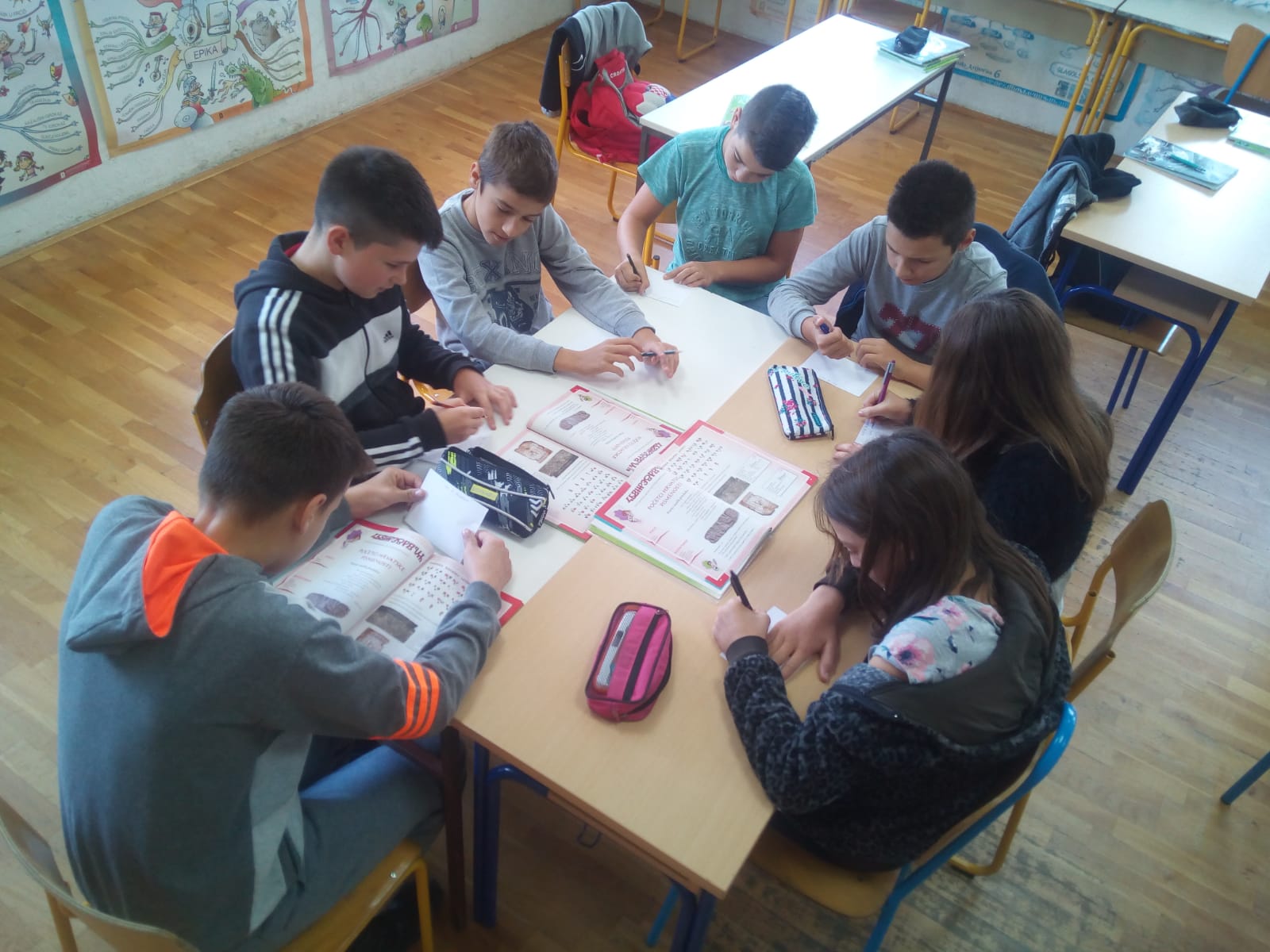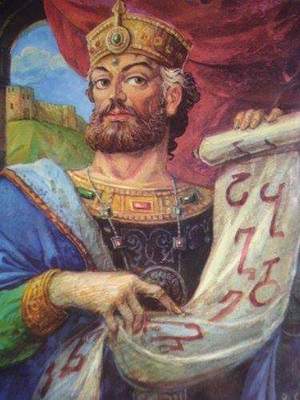
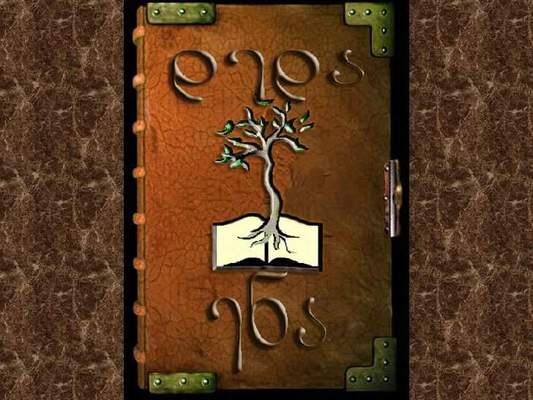
Georgian book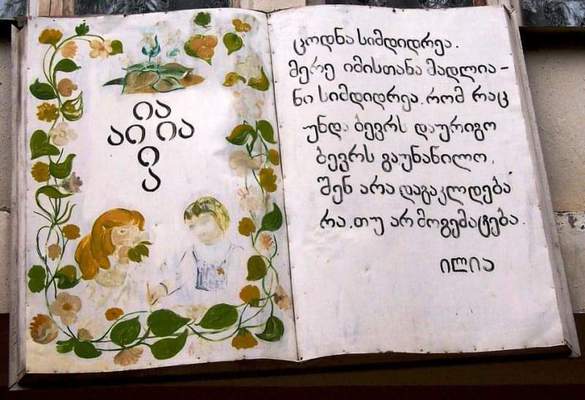
Script Translator
The history of languages from Slovakia
The oldest document from Slovakia is Proglas, It was written in 9. century by Konstantin and Metod. It is the Prolog of Bible, it was written in Hlaholica. It was found in monastery in Nitra and we can see it there.
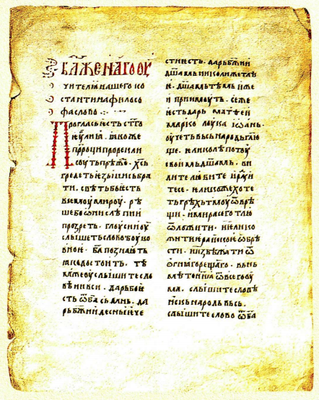
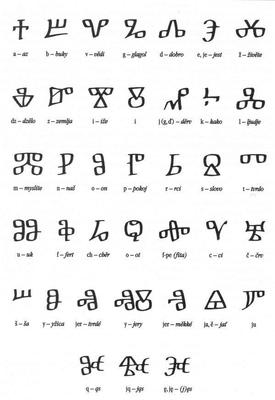
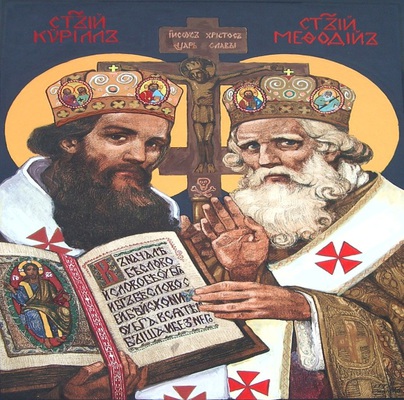
IN THIS PAGE WE WILL SHARE PHOTOS AND INFORMATION ABOUT THE OLDEST DOCUMENT/MONUMENT OF OUR LANGUAGES THAT WE WILL USE IN OUR E-BOOK. DON'T OPEN NEW PAGES. WE'LL COLLECT ALL THE DOCUMENTS IN THIS PAGE.
GIVE YOUT STUDENTS THE TASK TO EXPLORE AND FIND OUT ABOUT IT AND ANSWER THE FOLLOWING QUESTIONS:
What is it? (the name of the document/monument)
When was it written?
Who wrote it?
What is the text about?
When was it found?
Where was it found?
Where can it be seen?
The oldest document in Spanish
The oldest document in Spanish is "Glosas Emilianenses" (Glosses of the Monastery of San Millán)
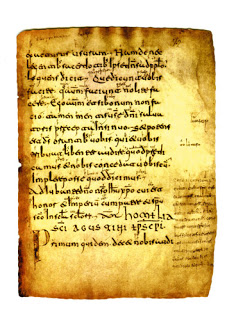
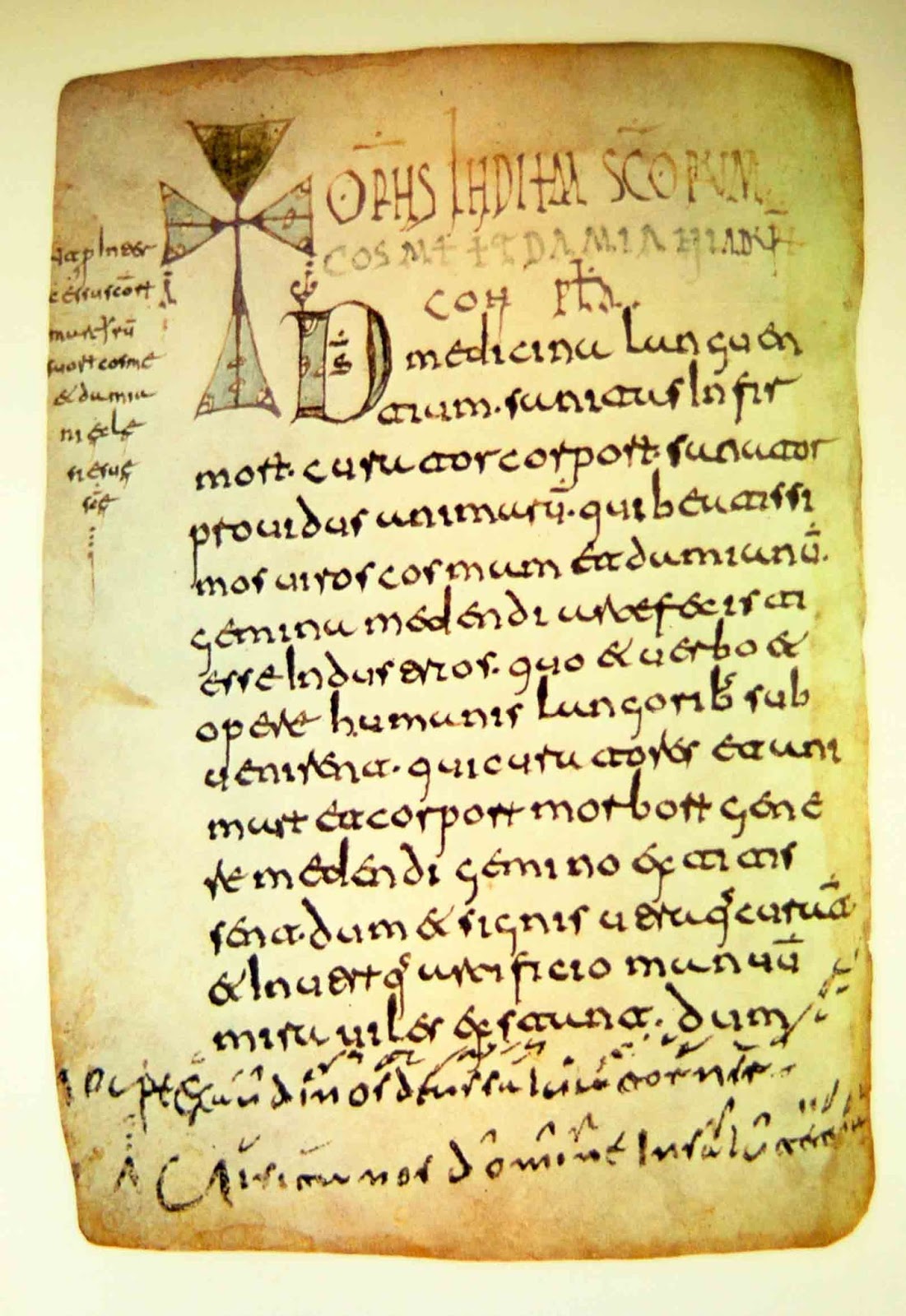
What is it? The Glosses of the Monastery of San Millán are short notes in ancient Spanish written between the lines and on the margins of a codex in Latin.
When was it written? Late 9th -early 10th century
Who wrote it? A monk
What is the text about? They are short explanations aimed to help understand the original Latin text .
When was it found? The codex had always been in the library of the monastery, but researchers started to look into the “glosas” in full detail and realize their value in 1911.
Where was it found? In the library of the monastery of San Millán de la Cogolla (a small village in the north of Spain)
Where can it be seen? The codex is kept in the Royal Academy of History in Madrid but it is not on display, for it is too valuable and fragile. A copy of the codex can be seen in San Millán de la Cogolla (La Rioja) in the library of the monastery where it was found.
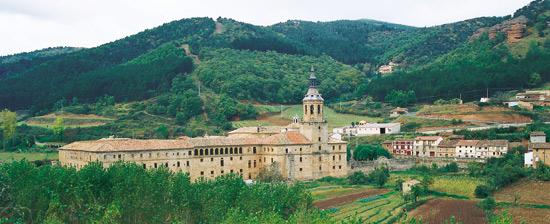 The Monastery of San Millán (La Rioja)
The Monastery of San Millán (La Rioja)
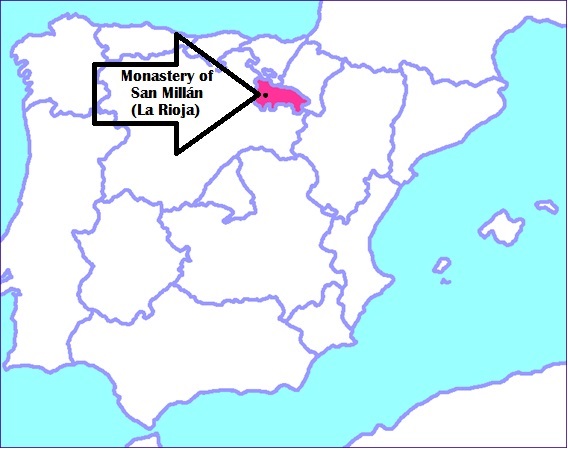 Location of the Monastery in Spain
Location of the Monastery in Spain
Apart from the information Ana has shared with you, we would like to add a few more things we have worked in our school related to this.
Although it was not part of our Etwinning project, it is something done by our partners and are related to this issue totally, and we would like to share it with you....
On the one hand, our partner Mª Teresa García, has showed her 12-13 year olstudents the 1st letters which the monks in this manuscript used to use, as they liked to create pieces of art in each letter (similar to the work done by other monks in Europe, e.g. The Book of Kells in Ireland). These are the letters she showed them, which are part of this Latin codex we are showing you here.
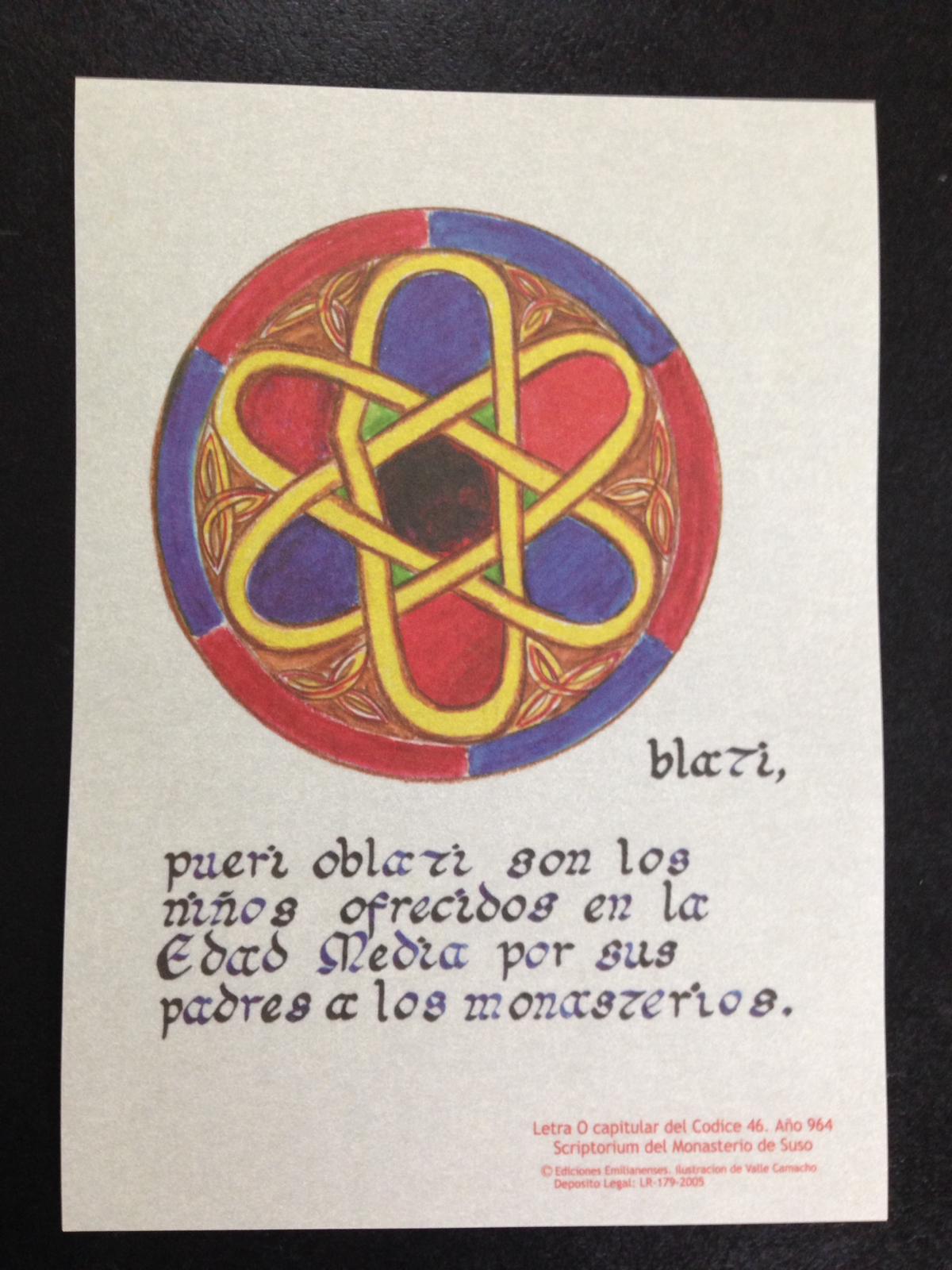
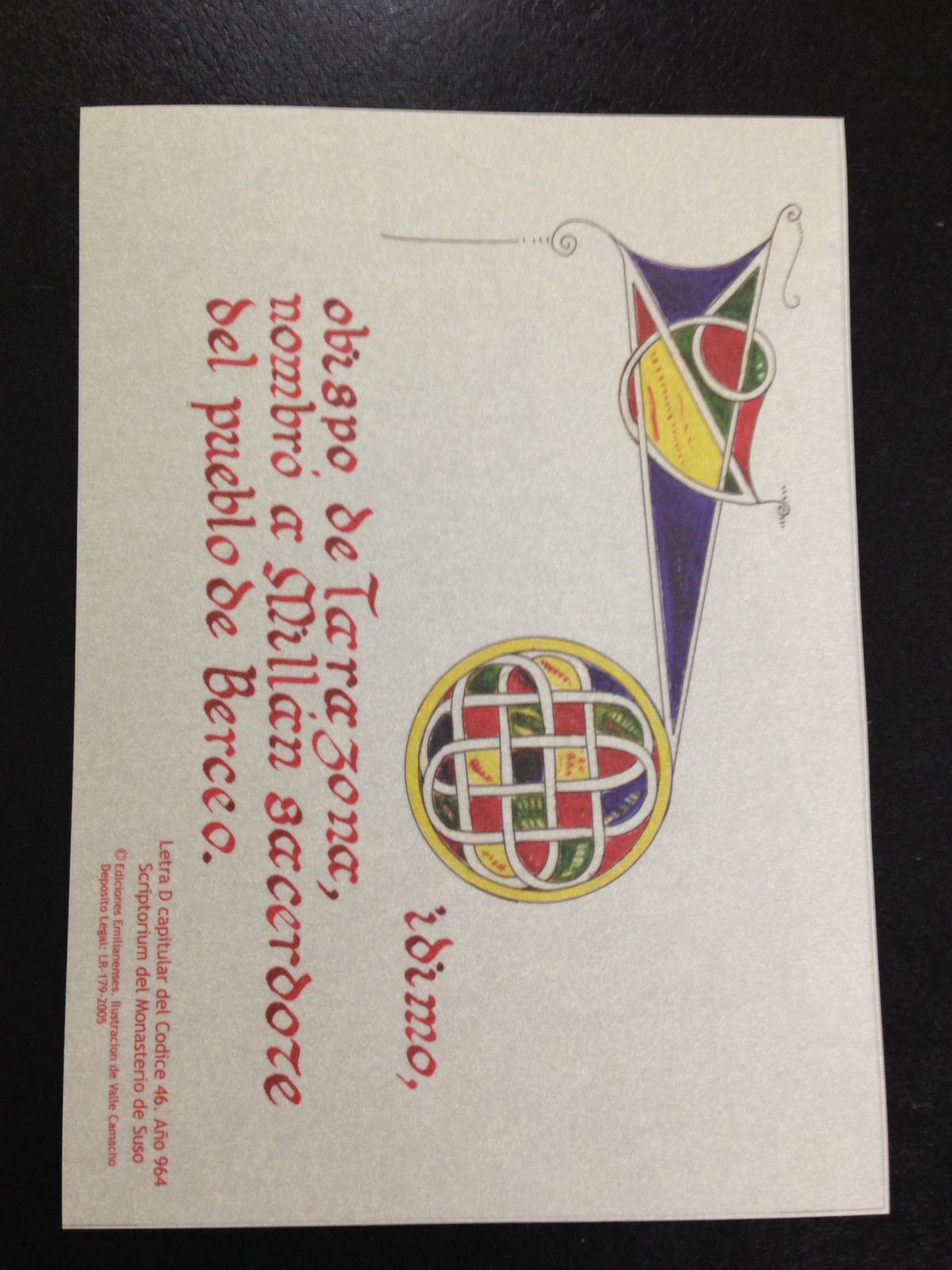
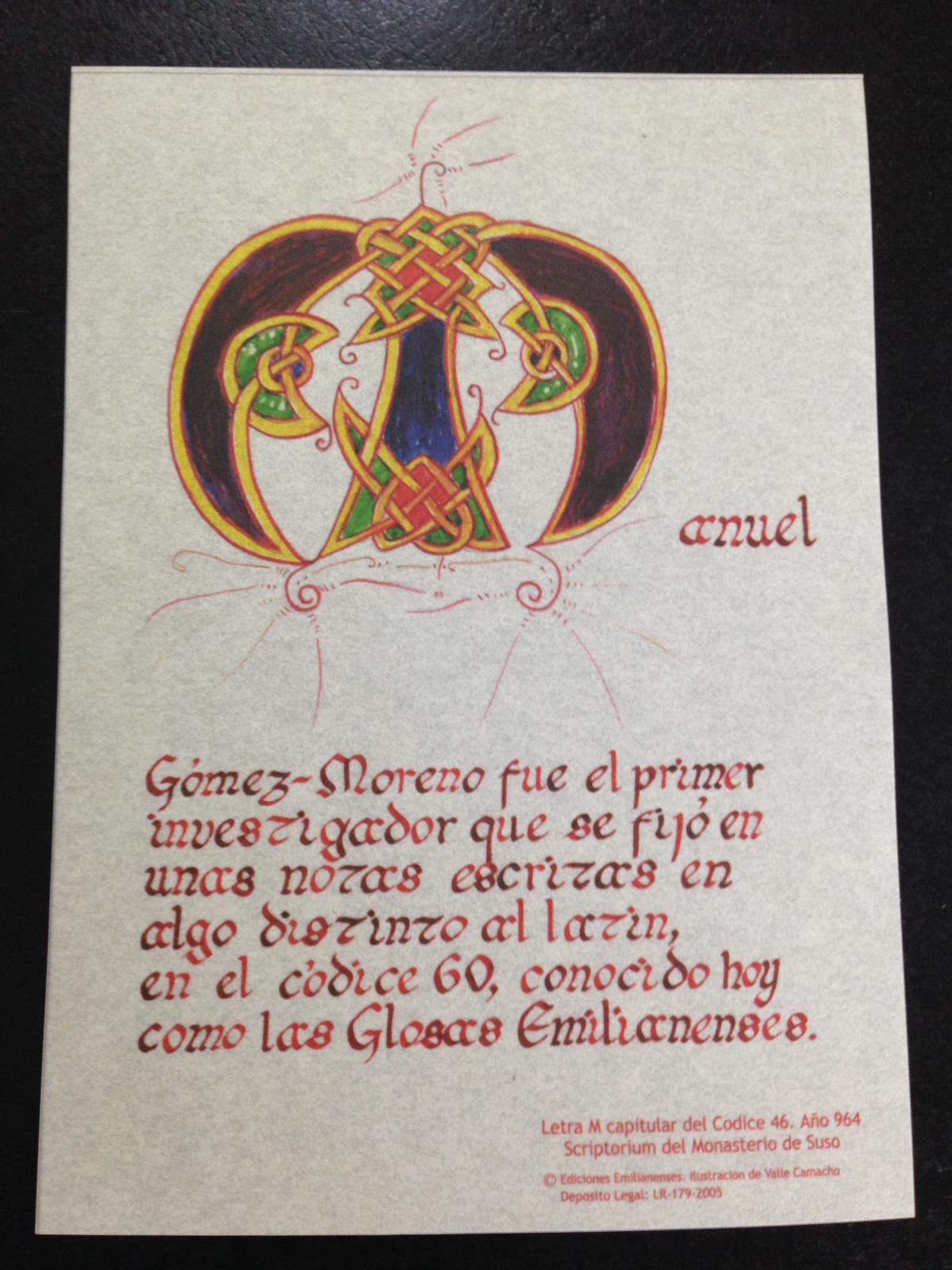
And her students created their own "piece of art" in the letter beginning their tales. Here you have some:
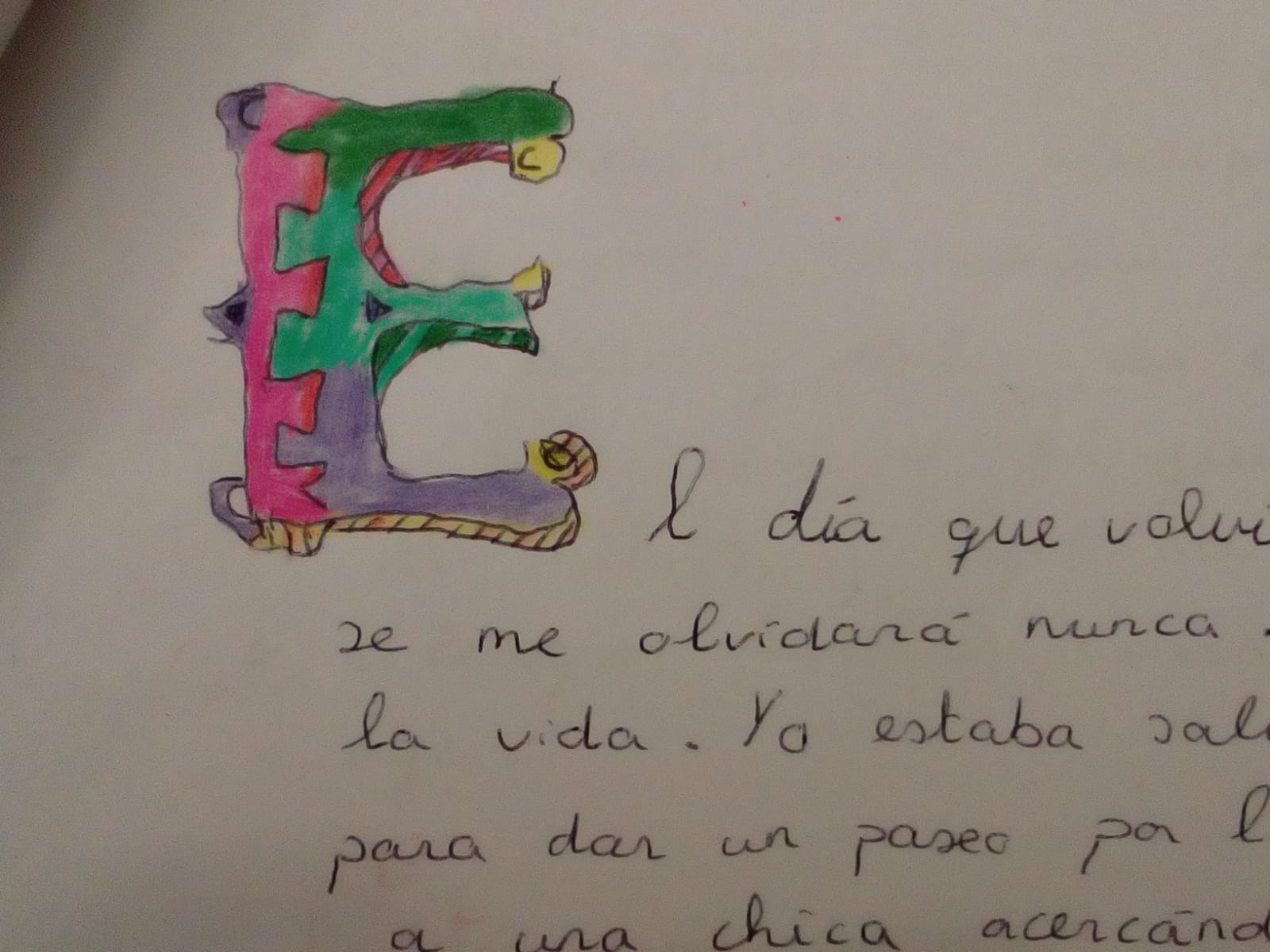
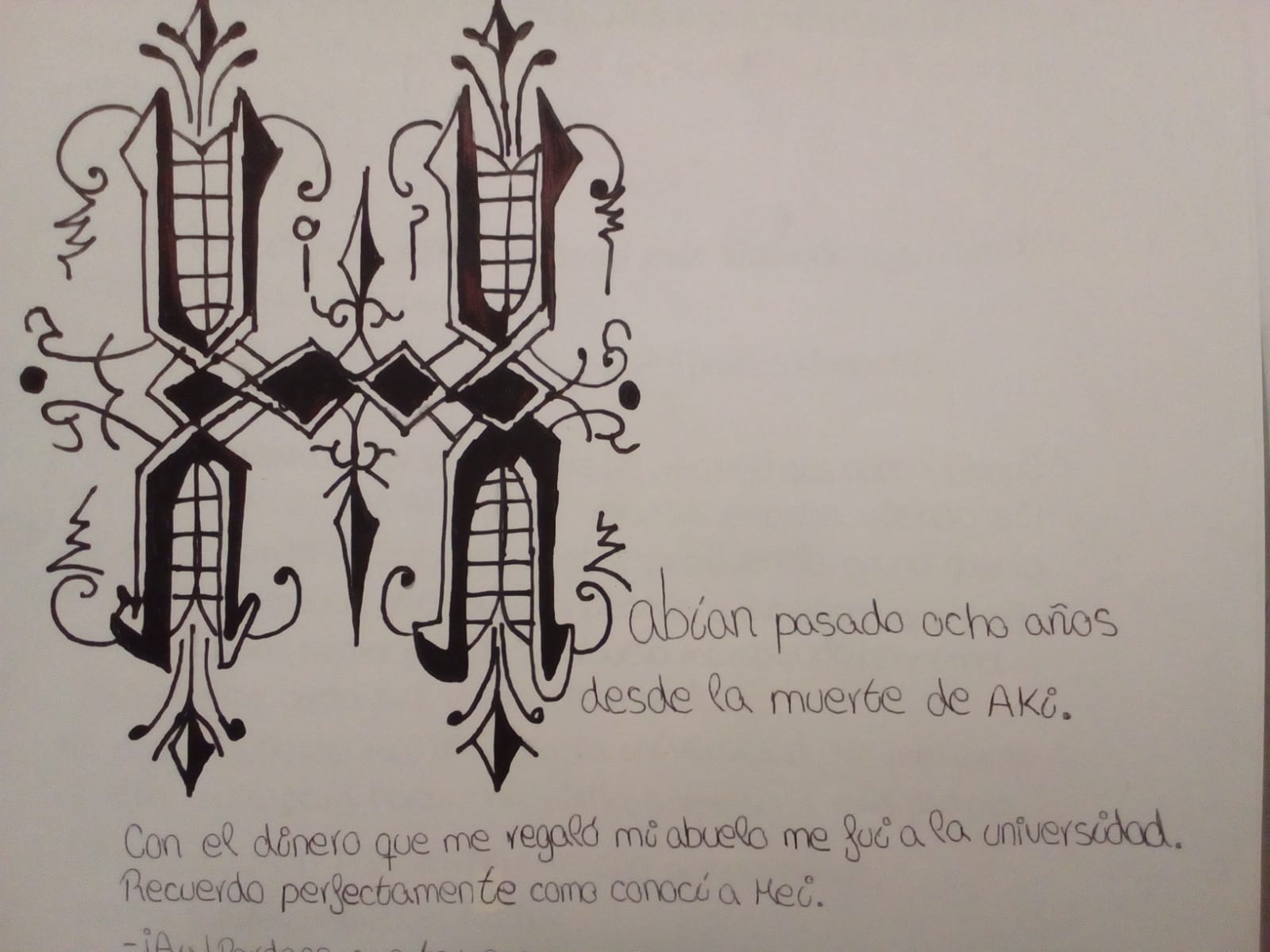
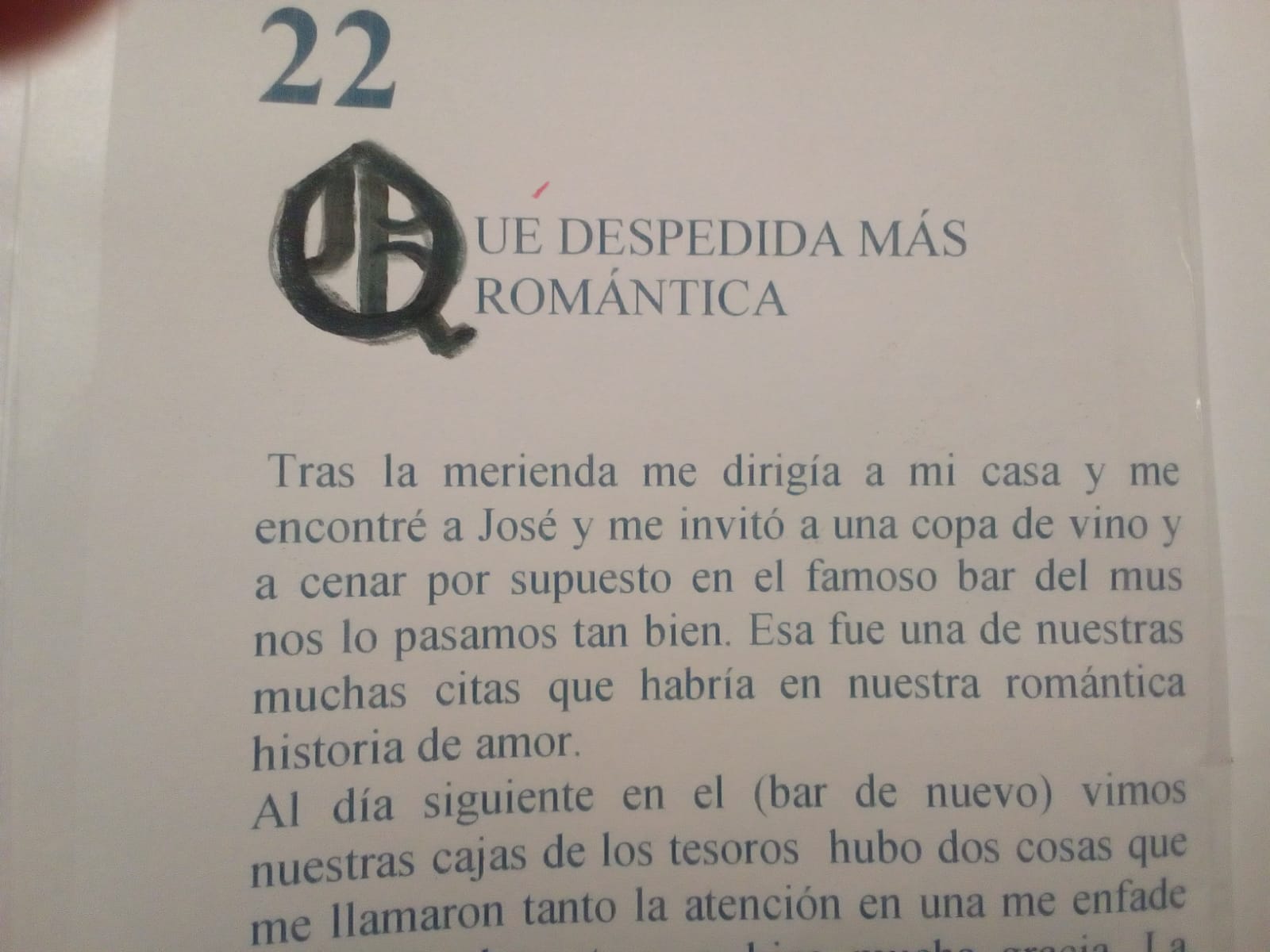
On the other hand, our Music teacher, Cristina Suárez, has worked with her 13-14 year-old students on Medieval pieces taken from the manuscript The Cantigas de Santa Maria ("Canticles of Holy Mary"). They are 420 poems with musical notation, written in the medieval Galician-Portuguese language during the reign of Alfonso X of Castile El Sabio (1221–1284) and often attributed to him.
It is one of the largest collections of monophonic (solo) songs from the Middle Ages and is characterized by the mention of the Virgin Mary in every song, while every tenth song is a hymn.
And here you are!!! Our guys playing one of these songs!! Amazing!!!
The oldest Polish document is "Dagome Iudex" written in 991 by Prince MIESZKO I. This is the text about giving the state under the protection of the Pope, found in 1087 by the cardinal Deusdedit`s. A copy of the document from 1087 is kept in the Vatican.
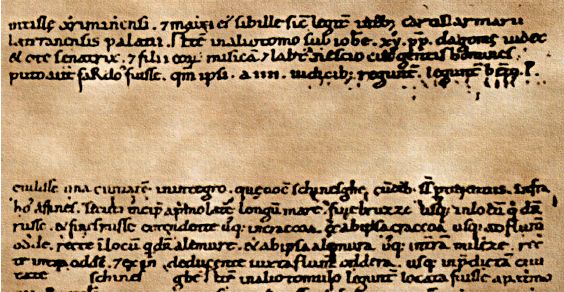
Wiki - https://en.wikipedia.org/wiki/Dagome_iudex
Here is the result of our research on the oldest document written in Portuguese.
The name of the oldest document is Notícia de Fiadores / Guarantors News, written in 1175.
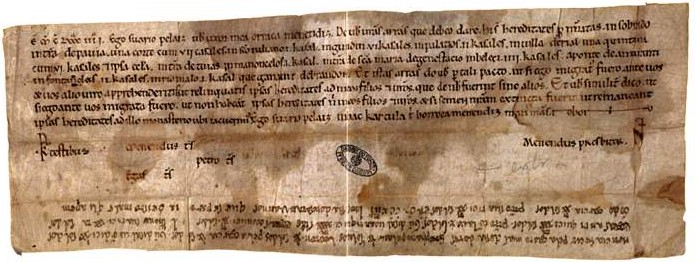
It was written by the guarantors of Paio Soares Romeu aind it’s about the parchment on the bail process to Mr. Paio Soares Romeu.
It was found in 1999, in the Monastery of São Cristóvão de Rio Tinto, Portugal an d can be seen in Torre do Tombo, the largest documentary archive in Portugal.
https://pt.wikipedia.org/wiki/Not%C3%ADcia_de_Fiadores
CROATIA
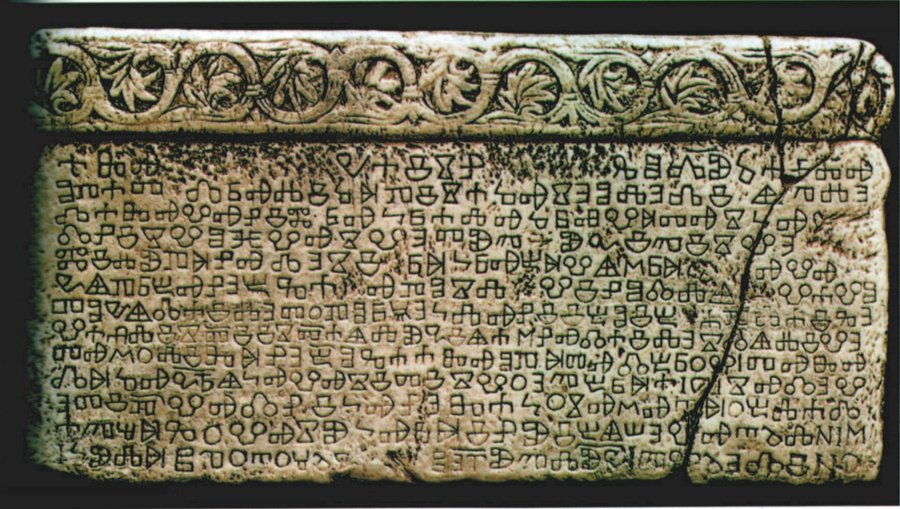
What is it? (the name of the document/monument) It is Bašćanska Tablet.
When was it written? It was written around 1100.
Who wrote it? It was written by abbot Držika.
What is the text about? The text is about King Zvonimir donating a piece of land to St. lucia church.
When was it found? It was discovered 15th March 1851.
Where was it found? It was found on the island of Krk near Baška.
Where can it be seen? The original tablet is in the building of Croatian Academy of Sciences and Arts. There is a copy in St. Lucia church.
Our students working on the first task and answering questions. The 6th graders learn every year about Bašćanka ploča (Bašćanska Tablet) in their Croatian lesson.
